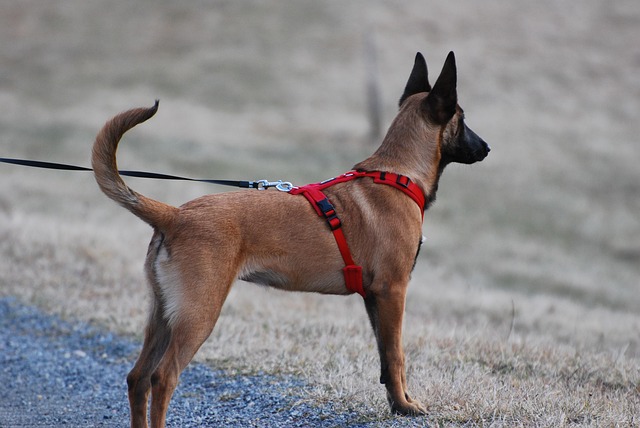
A Step-by-Step Guide to Measuring Your Dog for a Harness
Finding the right harness for your dog isn’t just about style—it’s about comfort, control, and safety. A well-fitted harness can prevent injuries, reduce pulling, and make walks more enjoyable for both of you. But to get that perfect fit, you’ll need accurate measurements. Here’s a simple, step-by-step guide to measuring your dog for a harness.
Why Proper Harness Fit Matters
A harness that’s too tight can cause chafing and restrict movement, while one that’s too loose can lead to escape risks. Measuring ensures better comfort and mobility, reduced strain on your dog’s neck, and improved control, especially for training or walks.
What You’ll Need
- A soft measuring tape (or a piece of string and a ruler)
- A notebook or phone to record measurements
- A calm, standing dog (treats help!)
The 3 Key Measurements You Need
1. Chest Girth (The Most Important One)
This is the circumference around the widest part of your dog’s ribcage, just behind the front legs.
How to measure:
Wrap the measuring tape around your dog’s chest just behind the front legs. Make sure the tape is snug but not tight. Record the number in inches or centimeters.
Tip: Measure while your dog is standing for the most accurate fit.
2. Neck Girth
This measures lower on the neck where a harness would sit—different from a collar measurement.
How to measure:
Wrap the tape around the base of your dog’s neck (where the neck meets the shoulders). Keep the tape snug but comfortable.
For no-pull harnesses, this measurement is especially important.
3. Dog’s Weight (Optional but Helpful)
Many harness sizing charts use weight as a guideline in addition to measurements. Combine chest girth, neck girth, and weight to find the most accurate size on the manufacturer’s sizing chart.
Choosing the Right Harness Style
Once you’ve got your measurements, decide on a style that suits your dog’s needs:
- Step-in Harness: Easy to put on, great for small or calm dogs
- Overhead Harness: Slips over the head and secures around the chest—more secure for active dogs
- No-Pull Harness: Front-clip harness that helps reduce pulling during walks
- Vest Harness: Padded and cozy, ideal for small breeds or dogs with sensitive skin
Always check the brand’s sizing chart. Sizing can vary between manufacturers.
Harness Fit Check: 3-Point Comfort Test
- Two-Finger Rule: You should be able to slide two fingers between the harness and your dog’s body
- Movement Test: Make sure the harness doesn’t rub, shift, or restrict natural movement
- Escape Check: Ensure it’s snug enough that your dog can’t back out of it
Bonus Tip: Don’t Forget Adjustability
Look for harnesses with multiple adjustment points so you can fine-tune the fit as your dog grows, gains weight, or sheds seasonal fluff.
Image by edwin heidt from Pixabay
